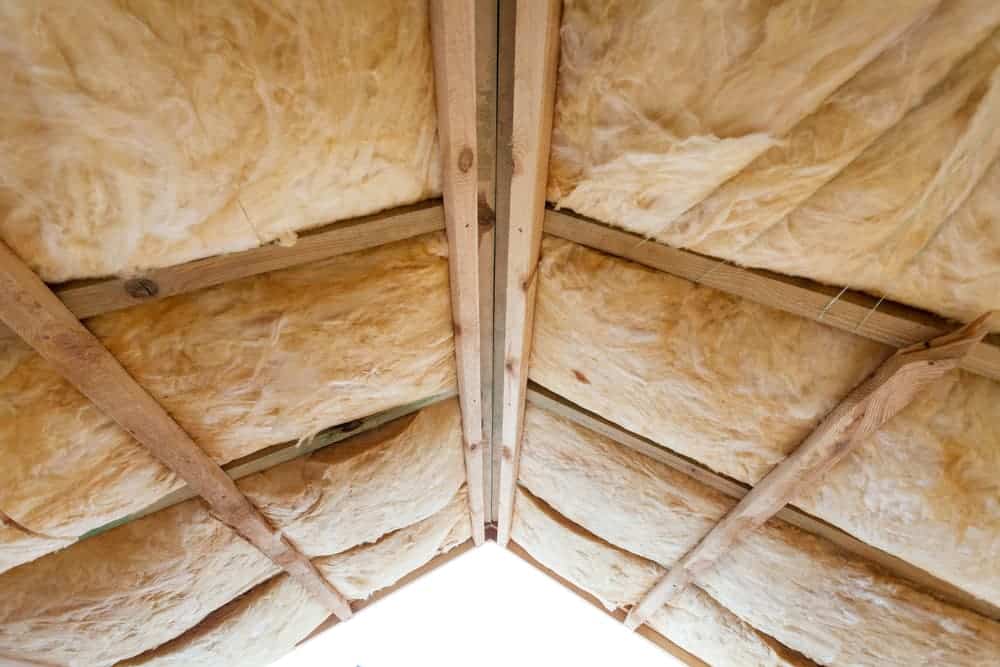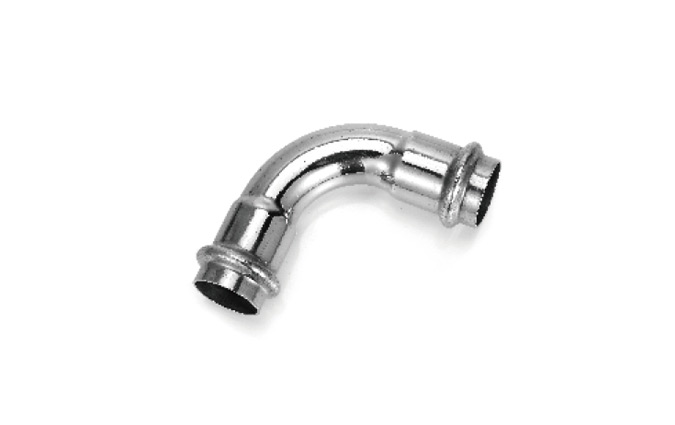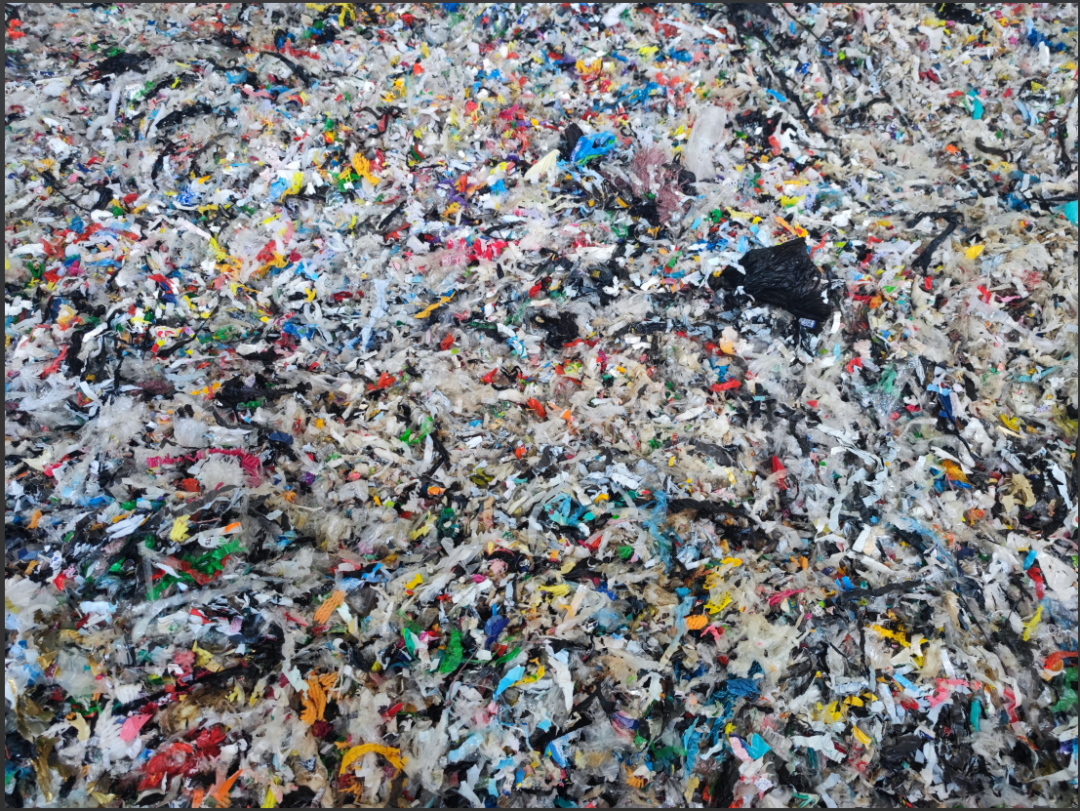Unveiling the Ultimate Heat Insulation Material: A Comprehensive Analysis

In today's world, where energy efficiency and sustainability are paramount, finding the best material to keep heat in is of utmost importance. Whether it's for residential or industrial purposes, the right choice can significantly impact energy consumption and comfort levels. In this blog post, we will delve into the realm of heat insulation materials, exploring their properties, applications, and ultimately revealing the best material to keep heat in.
- Understanding Heat Transfer:
Before we dive into the specifics of insulation materials, it's crucial to grasp the fundamentals of heat transfer. Heat can be transferred through three main mechanisms: conduction, convection, and radiation. Each mechanism plays a role in determining the effectiveness of insulation materials. - Exploring Common Insulation Materials:
2.1 Fiberglass Insulation:
Fiberglass insulation is a popular choice due to its affordability and versatility. Composed of fine glass fibers, it effectively slows down heat transfer through conduction. However, it may not be as effective in preventing heat loss through convection or radiation.
2.2 Cellulose Insulation:
Made from recycled paper products, cellulose insulation offers excellent thermal performance. It is treated with fire retardants to enhance safety and can be blown into walls or attics. Its ability to reduce convection and radiation makes it a viable option for heat insulation.
2.3 Spray Foam Insulation:
Spray foam insulation, typically made of polyurethane, is known for its exceptional insulating properties. It expands to fill gaps and cracks, creating an airtight seal that minimizes heat transfer through convection. Its high R-value (a measure of thermal resistance) makes it a top contender.
2.4 Aerogel Insulation:
Aerogel, also known as "frozen smoke," is a lightweight and highly efficient insulation material. It consists of a gel with the liquid component replaced by gas, resulting in an incredibly low thermal conductivity. Aerogel is particularly effective in reducing heat transfer through radiation.
- The Best Material to Keep Heat In:
After careful analysis, it is evident that aerogel insulation stands out as the best material to keep heat in. Its exceptional thermal performance, combined with its lightweight nature, makes it an ideal choice for various applications. While it may be more expensive compared to other options, its long-term energy-saving benefits outweigh the initial investment.
Conclusion:
In the quest for the best material to keep heat in, various insulation options have been explored. Fiberglass, cellulose, spray foam, and aerogel each possess unique properties that contribute to their effectiveness. However, when considering thermal performance, versatility, and long-term energy savings, aerogel insulation emerges as the clear winner. By harnessing the power of aerogel, we can create more energy-efficient and comfortable spaces while reducing our carbon footprint.


